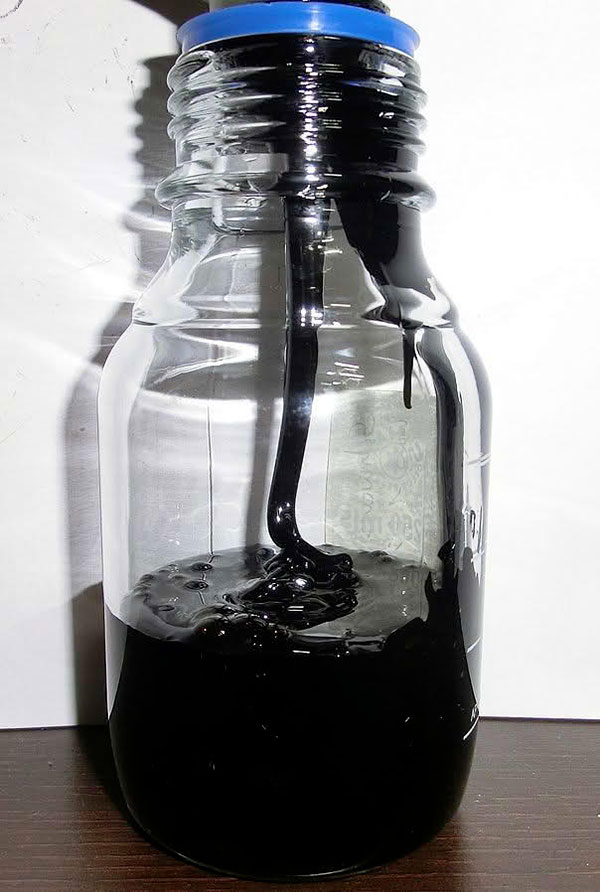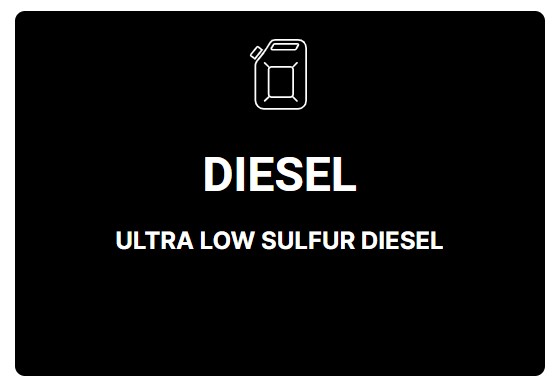In maritime operations, choosing the right fuel is essential for compliance, efficiency, and long-term performance. Residual fuel oil, commonly known as heavy fuel oil (HFO), has powered commercial shipping for decades thanks to its energy density and low cost.
However, with the implementation of stricter emissions regulations—especially IMO 2020—the industry is shifting toward cleaner alternatives such as Ultra-Low Sulphur Diesel (ULSD). This transition is redefining how fleets operate in international and emissions-controlled waters.
What is residual fuel?
Residual fuel oil is the heavy fraction left after crude oil refining. Classified as ASTM No. 5 or No. 6 fuel oil, it is thick, viscous, and requires heating before use. It’s often referred to as bunker fuel or HFO and is known for its high energy content and economic advantages for long-distance marine operations.
Residual fuels have long been the industry standard for powering large commercial vessels such as tankers, bulk carriers, and container ships. Their affordability made them attractive to shipping companies. However, due to their high sulfur content and impact on air quality, their usage has been increasingly restricted. Under IMO 2020, ships must use fuel with no more than 0.50% sulfur globally—and 0.10% within Emission Control Areas (ECAs)
Types of residual fuels
- Heavy fuel oil (HFO)
HFO is the most common type of residual fuel used in shipping. It is cost-effective and energy-dense but requires onboard heating systems and exhaust treatment technologies to meet environmental standards. It remains in use for long-haul routes where cost is prioritized and scrubber systems are installed.

- Marine diesel oil (MDO)
MDO is a blend of residual and distillate fuel. It offers a middle ground between HFO and cleaner fuels, with lower viscosity and sulfur content. MDO can often be used without heating, making it more efficient for medium-speed marine engines and auxiliary systems.
Ultra-low sulphur diesel (ULSD)
ULSD is a high-quality distillate fuel with a sulfur content below 15 ppm. While not technically a residual fuel, its use has grown significantly in the maritime sector due to environmental mandates. ULSD is compatible with existing diesel engines and ideal for operations in ECAs or ports with strict emissions policies.
Some of the main features and benefits of ultra-low sulphur diesel as residual fuel are:
- Compliance with environmental regulations. ULSD helps shipowners comply with IMO 2020 and ECA requirements, significantly reducing sulfur oxide (SOₓ) emissions and avoiding non-compliance penalties.
- Reduced engine wear. Low sulfur content results in cleaner combustion, which reduces deposit buildup and maintenance costs while extending engine life.
- Comparison with other fuels. Compared to HFO and MDO, ULSD burns cleaner and requires no complex exhaust treatment or pre-heating. Although more expensive per gallon, the reduced maintenance and regulatory compliance benefits offer strong operational ROI.
Applications of residual fuels in the maritime industry
Residual fuels, such as HFO and MDO, provide a high energy content, allowing for extended voyages and fuel flexibility in large engines. Their cost advantage remains relevant for ships equipped with emission control technology.
Yet, the maritime industry’s shift to ULSD plays a critical role in reducing air pollution from shipping. This cleaner fuel dramatically lowers SOₓ and particulate matter emissions, contributing to healthier port cities and marine ecosystems.

About Royal Petroleum’s range of residual fuels
Selecting the proper marine fuel is essential not only for regulatory compliance but also for engine performance, cost control, and environmental responsibility. As global regulations become stricter, shipowners and operators must rely on fuels that ensure both operational efficiency and environmental integrity.
At Royal Petroleum, we specialize in supplying Ultra-Low Sulphur Diesel (ULSD) for maritime use. Our ULSD complies with new environmental requirements, making it the ideal choice for fleets navigating emissions-controlled waters or operating in bunkering ports with strict environmental standards.
Find the right residual fuel for your fleet! Navigating today’s fuel landscape requires trusted expertise. Explore Royal Petroleum’s marine fuel solutions to power your fleet with confidence and full compliance. Contact us for a personalized quote at 787-593-9103 or via email at info@americanpetroleumpr.com.
Works Cited
Clear Seas. Marine Fuels: What is Heavy Fuel Oil? Clear Seas Centre for Responsible Marine Shipping, 2019. https://clearseas.org/en/blog/marine-fuels-what-is-heavy-fuel-oil/
Inspenet. “What Is Ultra-Low Sulfur Diesel (ULSD)?” Inspenet, 28 Sept. 2023. https://inspenet.com/en/noticias/what-is-ultra-low-sulfur-diesel-ulsd/
International Maritime Organization (IMO). “IMO 2020 – Cutting Sulphur Oxide Emissions.” IMO.org, 1 Jan. 2020. https://www.imo.org/en/MediaCentre/PressBriefings/pages/02-IMO-2020.aspx
Maritime Dictionary. “Heavy Fuel Oil.” Maritime Manual, https://www.maritimesmanual.com/heavy-fuel-oil/
National Oceanic and Atmospheric Administration (NOAA). “Fueling the Blue Economy.” NOAA Restoration Center Blog, https://www.noaa.gov/news/fueling-blue-economy-importance-of-clean-marine-fuel
ScienceDirect. “Heavy Fuel Oil (HFO) – an Overview.” ScienceDirect Topics, https://www.sciencedirect.com/topics/engineering/heavy-fuel-oil
U.S. Energy Information Administration (EIA). “Residual Fuel Oil.” U.S. EIA Glossary, https://www.eia.gov/tools/glossary/index.php?id=Residual%20fuel%20oil

